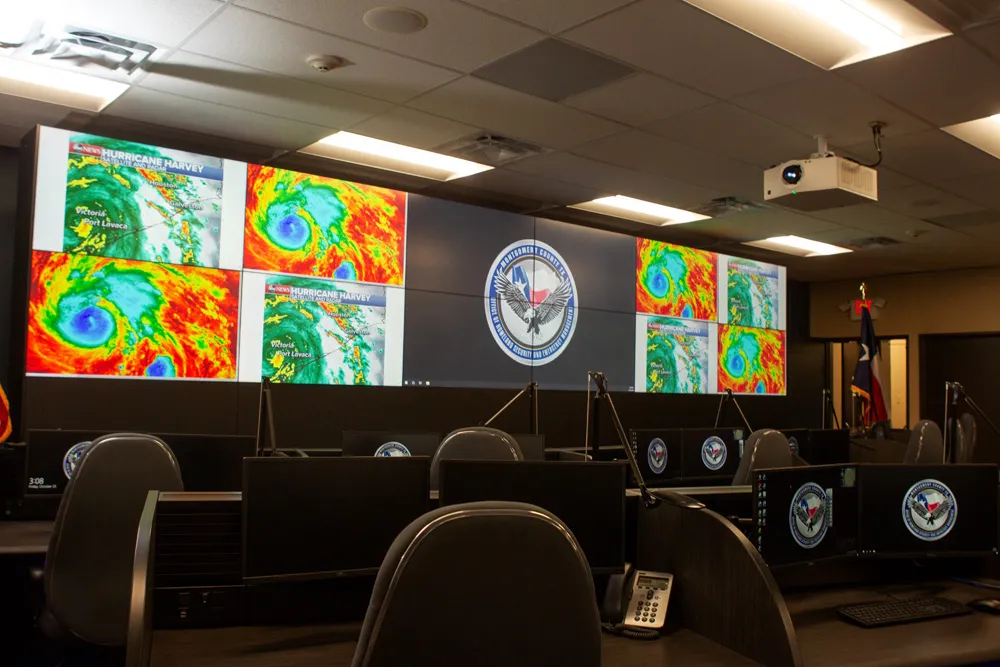SES America’s solar-powered variable message (VMS) sign comes in a wide range of types and models, including eight, 12 and 18-inch characters and front, rear or walk-in access and is suitable for deployment in most applications including rural areas, heavily congested roads, evacuation routes and seasonal traffic.
August 24, 2016
Read time: 1 min

The sign has high intensity, low power consumption LEDs, which provide bright and clear messaging using only solar power and uses SESAs SCU6 DMS controller, which allows the user to view the displayed message or graphic, change the message or graphic and get system diagnostics, all online using any web browser.
The sign requires no connection to the power grid, enabling cheaper and faster installation, easier maintenance and savings on energy.
SESA calculates the number of solar panels and batteries for each installation, taking into account regional weather patterns, available solar isolation, system power loads and more, to ensure it supplies the right system for each project.









